What’s blowing agents?


The power of bubbles is pretty amazing!
Products obtained using blowing agents are called "foam products," but in addition to "foam", "foam" can also mean "a state in which foam is dispersed in a solid or liquid." It contains. In fact, there are quite a lot of the latter types of foam around us. For example, in the natural world there are things like pumice, sponges, and loofahs, and there are countless foods such as bread, beer, and ice cream.
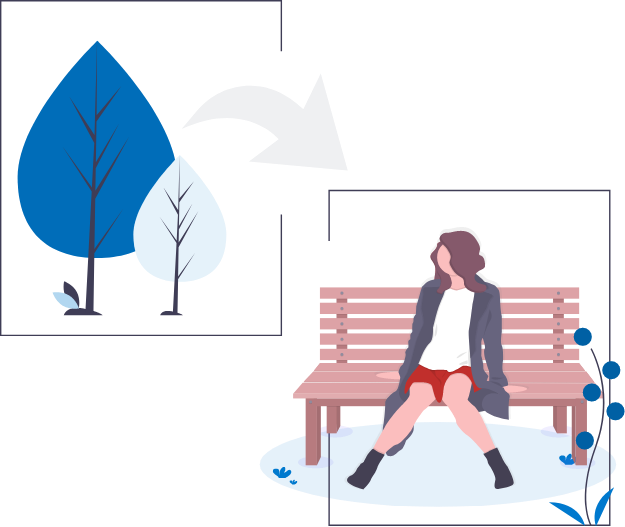
plastic form
As an alternative to natural materials, for example, there are many things made by adding foaming technology to plastics, such as wood to synthetic wood, cotton button to urethane foam mattress, leather to synthetic leather... This is plastic foam, and EIWA CHEMICAL IND. CO.,LTD is a specialized manufacturer of foaming agents that are essential to making such a variety of products.

How are products made from rubber and plastic made?
- use a blowing agent ・・・Beat boards, corn snacks, shoes, plywood
- stir mechanically to create bubbles・・・Meringue (air)
- Use gases produced during chemical reactions・・・urethane sponge
- Mix and vaporize volatile solvents・・・styrofoam
- add liquefied gas・・・gas foaming
- Contains a micro balloon (hollow air balloon)・・・Printing
- Add easily soluble substances and mix・・・salt elution
Of these seven methods, using a foaming agent is the most flexible and allows for molding as ordered.
Properties and characteristics of blowing agents
Behavior & PointHow does rubber and plastic change when a blowing agent is added?

 become lighter
become lighter
Another specialty of foaming agents is the ability to increase the thickness of plastic products without changing their weight. The strength (rigidity) of a product is proportional to the cube of its thickness. Ideal for making light and strong products.

 does not pass heat
does not pass heat
Solid materials transfer heat through thermal conduction when there is a temperature difference, but plastic foam made using a foaming agent has significantly lower thermal conductivity.
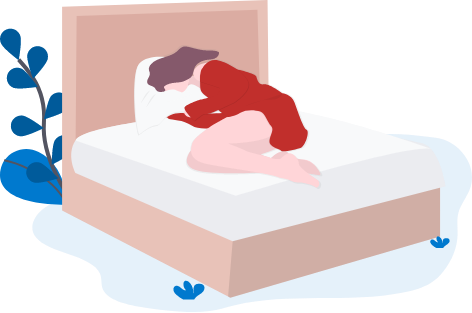
 becomes softer
becomes softer
It absorbs impact energy and is useful in creating various products that protect people and property.

 becomes buoyant
becomes buoyant
Among plastic foams, polyethylene and polyurethane have great buoyancy, and it is possible to create products that take advantage of this property.

 gains momentum
gains momentum
Plastic foam is easy to compress and has just the right amount of resilience. This property is also thanks to the foaming agent.

 Strong against electricity
Strong against electricity
Including air bubbles inside plastic can lower the dielectric constant.
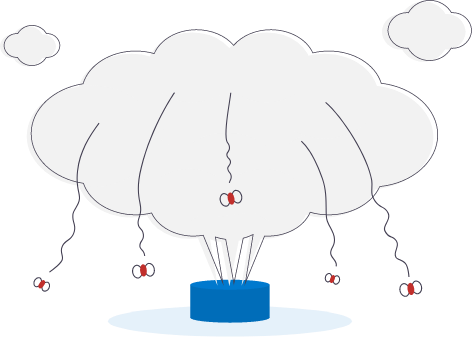
 spread
spread
In addition to plastic foam, foaming agents can also be used as smoking agents to spread the active ingredients to every corner of the room by utilizing the diffusion effect of the smoke when it decomposes.
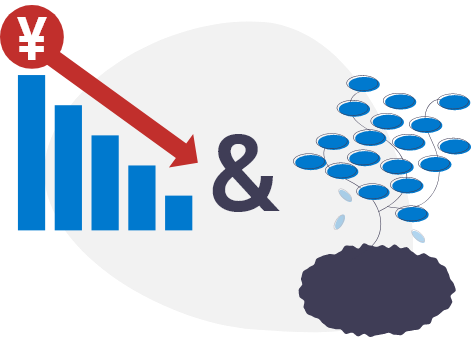
 Leads to cost reduction and eco-friendliness
Leads to cost reduction and eco-friendliness
By reducing the amount of materials used, you can reduce material costs and reduce environmental impact.

 Prevent sound and vibration
Prevent sound and vibration
If kinetic energy can be converted into thermal energy, soundproofing and vibration damping functions can be added. In general, closed-cell foam provides sound insulation, while open-cell foam provides sound absorption, and the function can be selected depending on the state of the bubble formation.
with blowing agents?

General industry
Blowing agents are used in a variety of industrial parts in the general industrial field, and are indispensable as the unsung heroes.
■Purpose
Warm/cold insulation/insulation/anti-dew agents for various tanks, antifreeze protection materials for cold regions and ships, resin pallets, various gaskets, packing materials, insulation materials, barrier materials, foamed wires, printing rolls, etc.


Civil engineering and construction
In the fields of civil engineering and construction, products using foaming agents are also useful in building social infrastructure.
■Purpose
Sealing material for civil engineering, back-up material for aluminum sashes, sealing material for slate, expandable sealing material for dams, roads, breakwaters, and airports, baseboards, foamed resin facings, anti-slip materials, for roads, tunnels, and concrete. Antifreeze material etc.


Cushioning material
Blowing agents are also essential for cushions that protect high-tech products.
■Purpose
Cushioning material for light electrical equipment (for packaging), cushioning material for precision equipment (for packaging), cushioning material for flat glass and glass products (for industrial use), cushioning material for lining various containers (for industrial use), factory transport boxes, etc.


Daily miscellaneous goods
Blowing agents have a wide range of uses, from drainboards in the bathroom to cabinets for TVs and refrigerators, as well as cushioning materials for packaging.
■Purpose
Bath lids, toys, rugs (including unit type), drainboards, educational materials, core materials for bags, tea tables, tableware containers, general packaging materials, leather coats for cold protection, synthetic leather, bags, etc.


Agriculture, Forestry and Fisheries
Blowing agents are used in various fields such as agriculture, dairy farming, and fisheries.
■Purpose
Floats for fishing, various flotation materials, fenders, life preservers, oil fences, food trays, wattling trays for fruit, heat insulation and protection materials for livestock, etc.

Future possibilities of blowing agents

Blowing agents can inflate anything as long as you want to inflate it.
Since its establishment, EIWA CHEMICAL IND. CO.,LTD has responded to customer requests such as ``I want to make it lighter,'' ``I want to provide cushioning,'' ``I want something that floats on water,'' and ``I want to create something with a three-dimensional design.'' We have responded with our technical development capabilities specialized in blowing agents. And this basic stance will not change in the future. In recent years, customer requests have become even more sophisticated. We also receive requests to inflate materials for which we have no experience of foaming before. For example, biodegradable plastics. Biodegradable plastics are decomposed by microorganisms in the environment and are called environmentally friendly plastics that cause less environmental pollution. As marine pollution caused by plastics becomes a social problem, foaming biodegradable plastics not only meets customer needs but also helps solve social problems. By developing foaming agents that meet the needs of customers and society, we believe that we can fulfill our social responsibility and expand the possibilities of blowing agents.

We take on the challenge of developing new applications in collaboration with our customers.
Customer needs can be said to prove the great role that blowing agents play in new product development, and the great expectations placed on our company, which has continued to play a pioneering role in the development of blowing agents. Based on our know-how in developing foaming agents, which have infinite possibilities, we would like to carry out joint research with our customers and contribute to the development of new products.





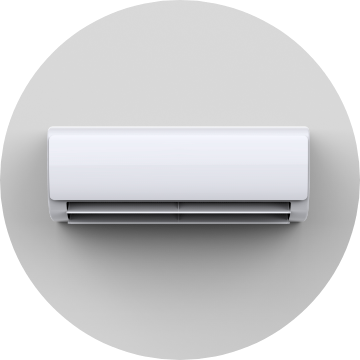

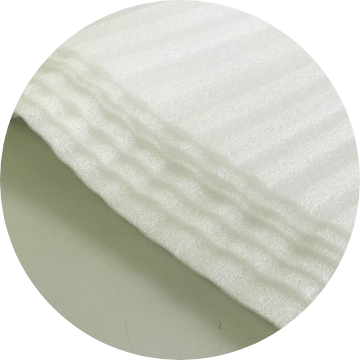

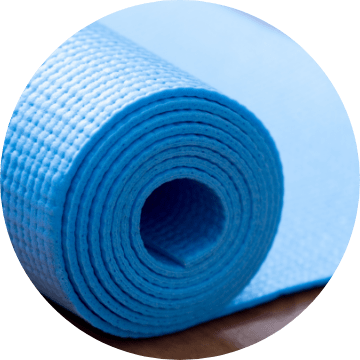








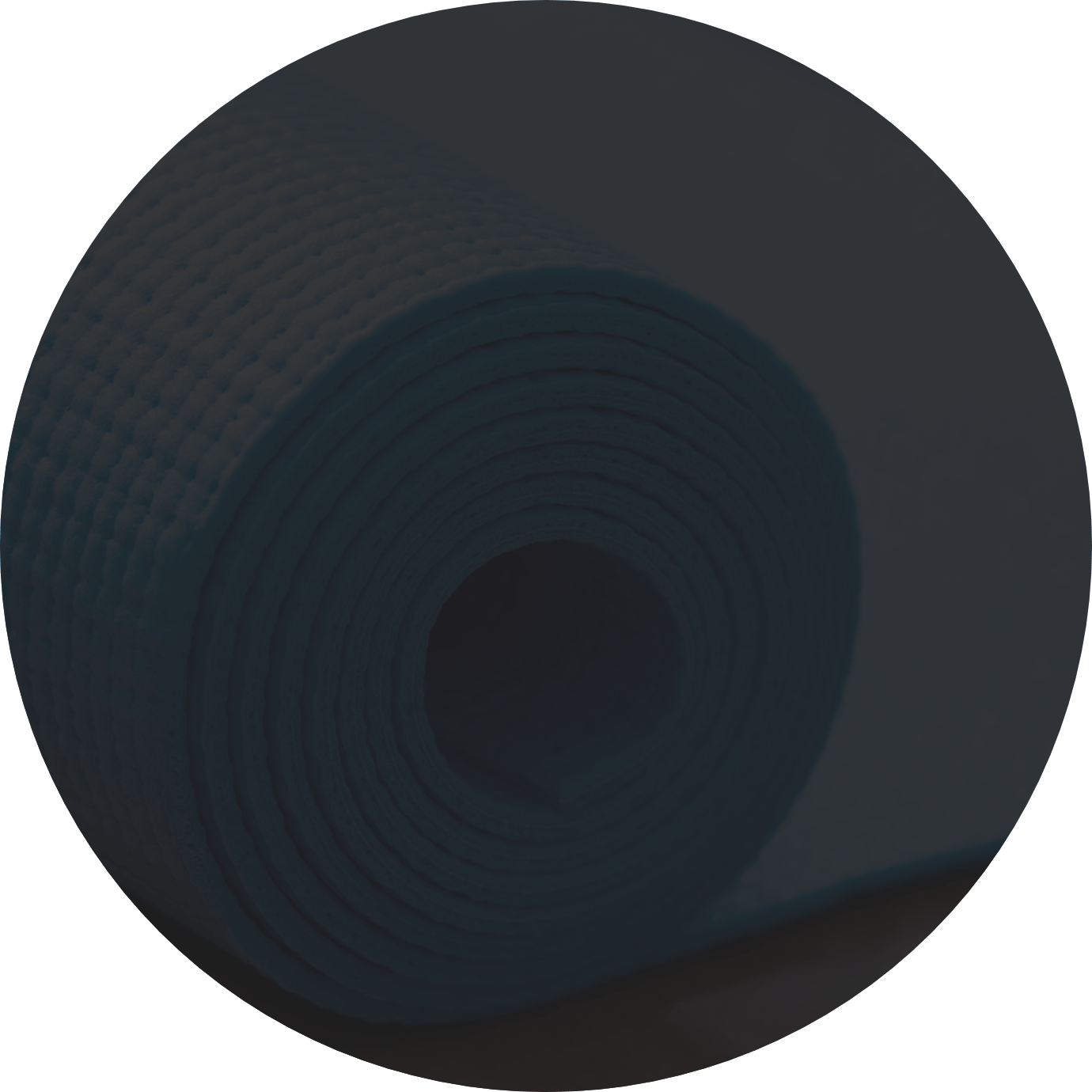


blowing agent = not Styrofoam
When we hear the word "blowing agent manufacturer," We often get the reaction, "I know, I know. It's a company that makes Styrofoam, right?" However, Styrofoam is actually a type of "foam" made from foamed polystyrene (PS). . The "blowing agent" manufactured by Eiwa Chemical is added to polymers such as rubber and plastics along with other compounding agents and decomposed by heating to generate nitrogen gas, carbon dioxide gas, carbon monoxide, etc. It is a drug that forms cell structures by incorporating ammonia gas, water vapor, etc. It is the ``main role behind the scenes'' that provides various new functions by blowing.